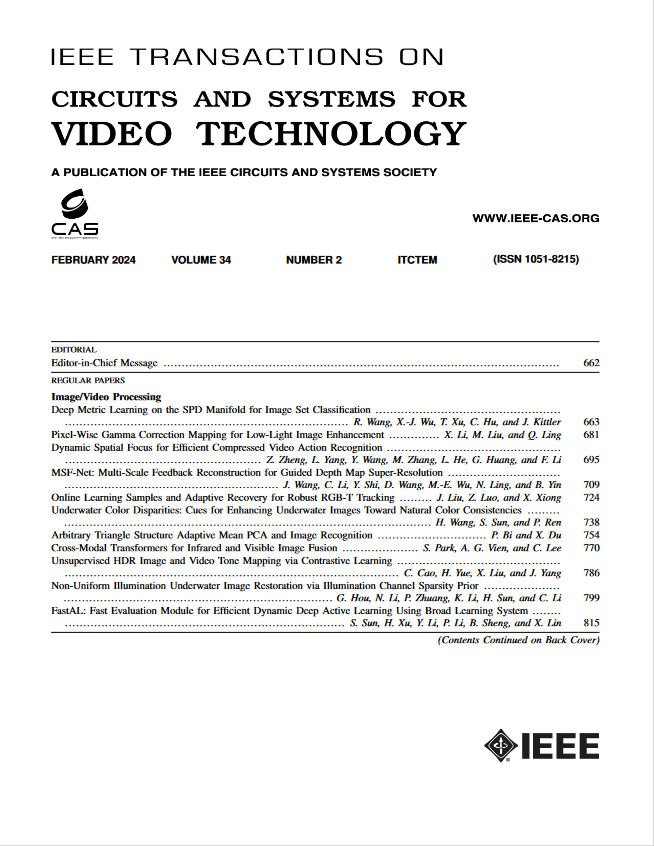不确定性感知自我知识的提炼
IF 8.3
1区 工程技术
Q1 ENGINEERING, ELECTRICAL & ELECTRONIC
IEEE Transactions on Circuits and Systems for Video Technology
Pub Date : 2024-12-12
DOI:10.1109/TCSVT.2024.3516145
引用次数: 0
摘要
自知识蒸馏作为一种强大的方法,显著提高了深度神经网络的预测精度,同时又节约了资源,区别于传统的师生知识蒸馏方法。然而,在安全关键应用中,仅高精度是不够的;有效地传达不确定性也同样重要。遗憾的是,现有的自知识精馏方法还不能满足同时提高预测精度和不确定度量化的需要。针对这一缺陷,我们提出了一种不确定性感知的自知识蒸馏方法——UASKD。UASKD在自知识蒸馏过程中引入了一种不确定性感知对比损失和预测综合技术,旨在充分利用自知识蒸馏在提高预测精度和不确定性量化方面的潜力。广泛的评估表明,在各种分类和目标检测任务中,UASKD在预测精度和不确定度量化指标方面始终优于其他自我知识蒸馏技术和许多不确定度校准方法,突出了其有效性和适应性。本文章由计算机程序翻译,如有差异,请以英文原文为准。
Uncertainty-Aware Self-Knowledge Distillation
Self-knowledge distillation has emerged as a powerful method, notably boosting the prediction accuracy of deep neural networks while being resource-efficient, setting it apart from traditional teacher-student knowledge distillation approaches. However, in safety-critical applications, high accuracy alone is not adequate; conveying uncertainty effectively holds equal importance. Regrettably, existing self-knowledge distillation methods have not met the need to improve both prediction accuracy and uncertainty quantification simultaneously. In response to this gap, we present an uncertainty-aware self-knowledge distillation method named UASKD. UASKD introduces an uncertainty-aware contrastive loss and a prediction synthesis technique within the self-knowledge distillation process, aiming to fully harness the potential of self-knowledge distillation for improving both prediction accuracy and uncertainty quantification. Extensive assessments illustrate that UASKD consistently surpasses other self-knowledge distillation techniques and numerous uncertainty calibration methods in both prediction accuracy and uncertainty quantification metrics across various classification and object detection tasks, highlighting its efficacy and adaptability.
求助全文
通过发布文献求助,成功后即可免费获取论文全文。
去求助
来源期刊
CiteScore
13.80
自引率
27.40%
发文量
660
审稿时长
5 months
期刊介绍:
The IEEE Transactions on Circuits and Systems for Video Technology (TCSVT) is dedicated to covering all aspects of video technologies from a circuits and systems perspective. We encourage submissions of general, theoretical, and application-oriented papers related to image and video acquisition, representation, presentation, and display. Additionally, we welcome contributions in areas such as processing, filtering, and transforms; analysis and synthesis; learning and understanding; compression, transmission, communication, and networking; as well as storage, retrieval, indexing, and search. Furthermore, papers focusing on hardware and software design and implementation are highly valued. Join us in advancing the field of video technology through innovative research and insights.

 求助内容:
求助内容: 应助结果提醒方式:
应助结果提醒方式:


